Lahugala Forest and the Magul Maha Vihara
The Lahugala Reserve, occupying a mere six square miles in the jungle east of Arugam Bay, is one of Sri Lanka’s smallest national parks. We combined a short tuk-tuk excursion to the reserve with a visit to the remains of a legendary queen’s palace.

It may be small in size, but a tremendous variety of animals prowl the grounds of the Lahugala Reserve, including leopards, sloths, barking deer and the rare Rusty-spotted Cat. But we were most likely to see elephants — a herd of up 150 lives in the park.
Our visit was timed to coincide with the elephants’ meal time, but unfortunately also coincided with darkening skies and a late afternoon storm. A solitary elephant had ventured out to the feeding grounds, where there are usually up to fifty (elephants are apparently as lazy as humans when it comes to rain). Oh well. We had recently gotten lucky with the big guys in Habarana, and hadn’t paid anything to visit Lahugala — the highway cuts through the reserve and passes the elephants’ favorite stomping ground, making a ticket to the park’s interior unnecessary.
So Lahugala wasn’t a resounding success but it was only part of the excursion. Our next stop was the ruins of the Magul Maha Vihara, which date to the 5th century AD and are said to have been the palace for one of Sri Lanka’s most famous queens.
According to legend, good King Kelanie-Tissa had been tricked by his wicked brother into murdering an innocent holy man, whose body was then tossed into the ocean. Furious at the injustice, wrathful sea gods unleashed a storm whose waves surged over the land and killed many people. In order to appease the gods, the king was advised to make a terrible sacrifice: that of his only daughter, Devi.
The king was grief-stricken, but the lovely and pious Princess Devi bravely accepted her fate. Content that her death might save countless lives, she allowed herself to be strapped down in a golden ship, then pushed out into the storm. The sea gods were impressed by her courage, and decided to spare the princess, re-routing her ship to the nearby realm of King Kavan-Tissa.
The soldiers of Kavan-Tissa who had been patrolling the shore were astounded by the arrival of the golden ship, but even more so by the beautiful maiden they found unconscious within. They carried her to the royal palace, where Devi finally opened her eyes. Dazzled by the opulence of the King’s court, she assumed that her sacrifice had been accepted, and that she was in heaven. When Kavan-Tissa (who had fallen in love with her at first sight) explained the situation and asked Devi to be his bride, she immediately accepted.
The ruins at Magul Maha Vihara were the palace of this fortunate Queen, who was much beloved by her subjects, and who eventually gave birth to King Duttugemunu: one of the island’s greatest heroes. It was just recently that had I heard the story of the princess, and I had assumed it to be nothing more than a legend. But Princess Devi existed… and here was her palace as proof! So how much of the story was true? Her father’s crime? The floods? The terrible sacrifice? The golden boat? The love-struck king? It’s impossible to say where fiction ends and fact begins.
Although we didn’t have much luck with the elephants, this was a great day trip, easy to arrange with any tuk-tuk driver in Arugam Bay. Definitely worth your time, if you find yourself with a free afternoon.
Location of the Magul Maha Vihara on our Map
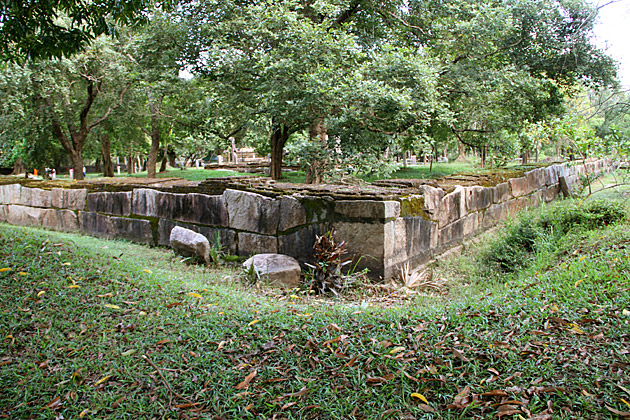
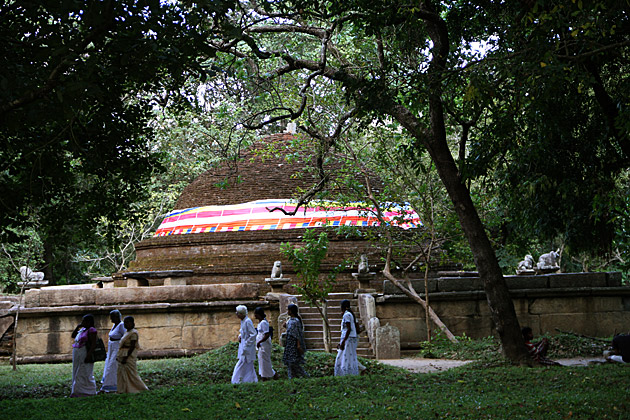
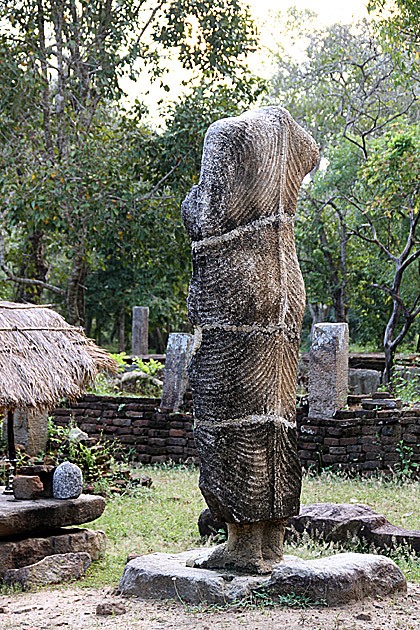
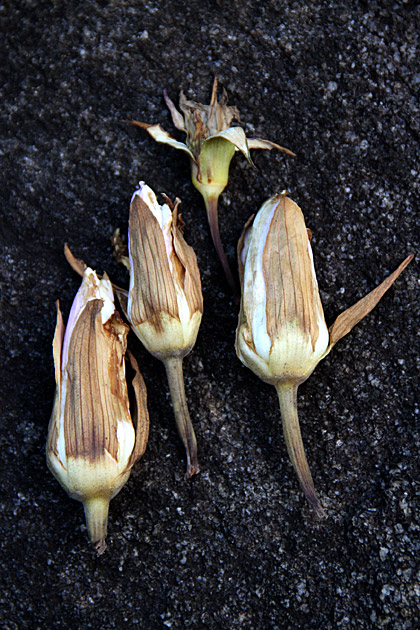


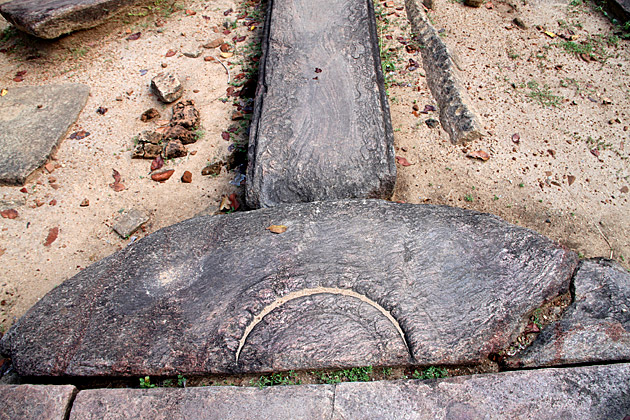

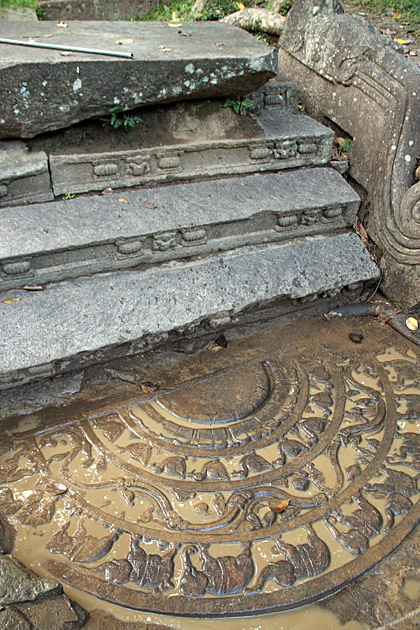
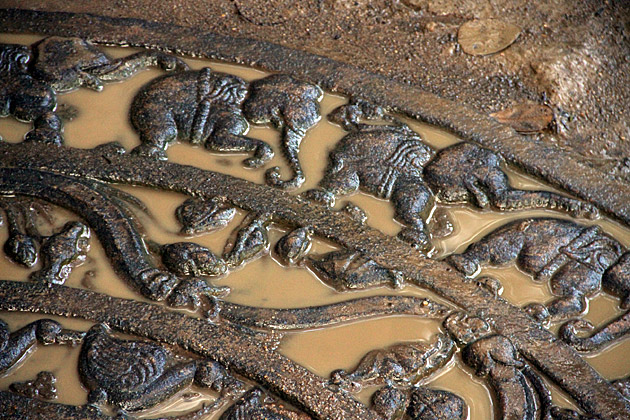
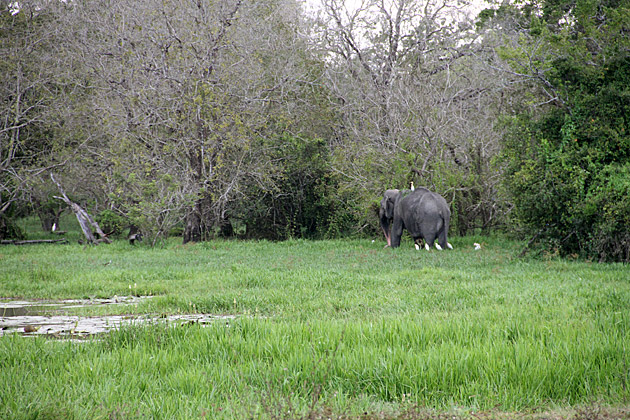
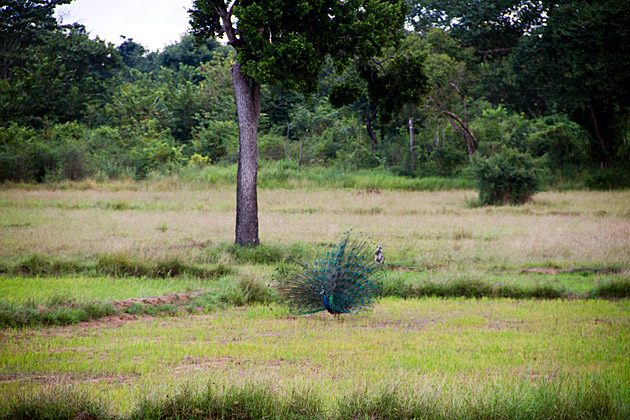
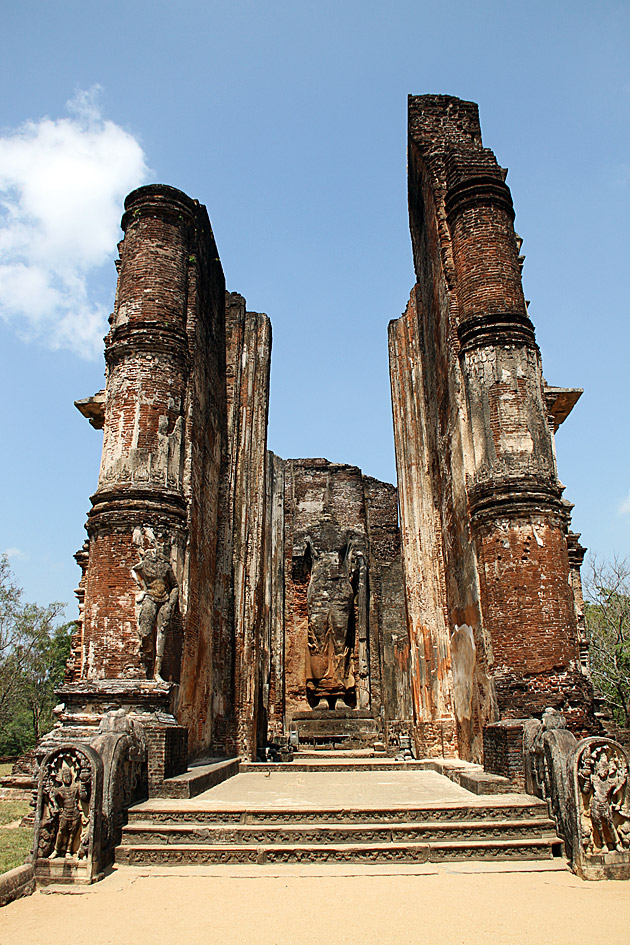
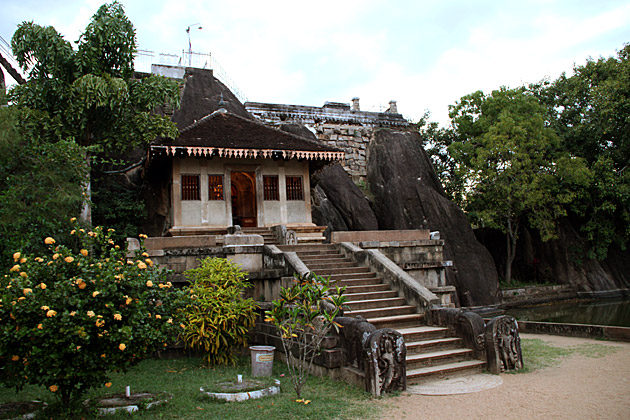
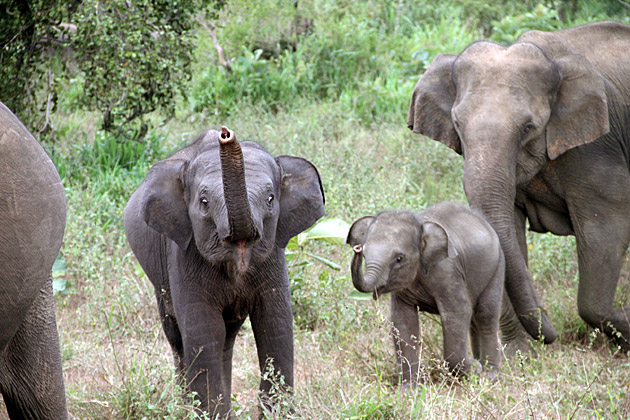

This is an excellent Blog, I admire your effort. How well you write and describe my beautiful Island. the photographs are stunning.Well done.